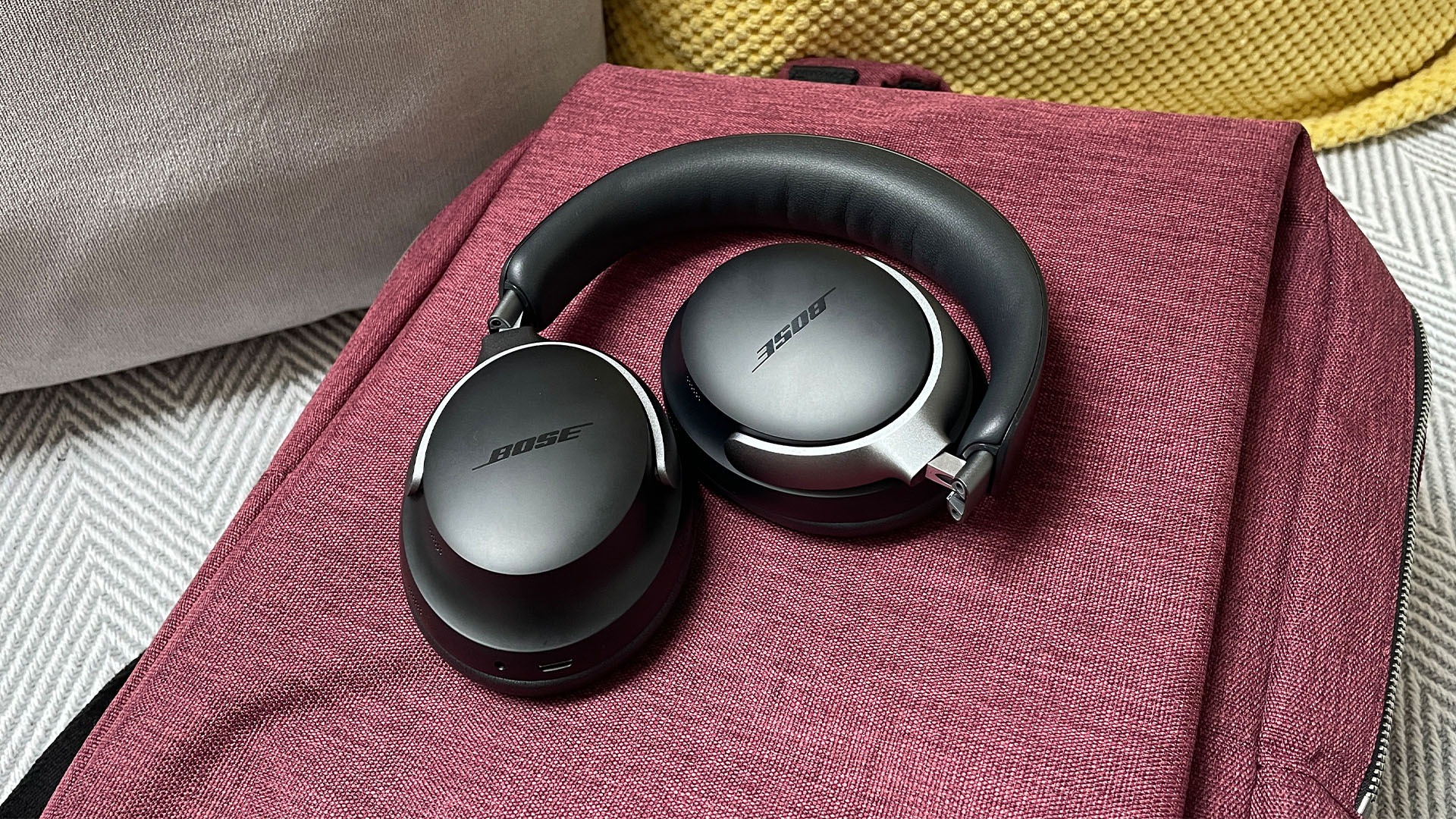Bose QuietComfort Ultra Headphones review: A new spin on a reliable formula
There are several things you can count on when it comes to Bose headphones. The first is the powerful and effective active noise cancellation (ANC), which has been the best in the industry for years. You can also reliably expect the company’s new set of cans to be comfortable during a long flight or a long work session. Bose continues to tick both boxes with the QuietComfort Ultra headphones (429), but the Marquee feature here is the company’s unique interpretation of Spatial Audio. However, more immersive sound and a refreshed design, as well as everything that the company is known for, come at a higher price.
Design
After unveiling a revised design for the Bose 700 headphones in the company has returned to its old aesthetics on the following models. With the QuietComfort Ultra headphones, Bose has made a mixture of both, but above all it has stayed with the traditional look of the QC line. On the outside of the earcups, the mixture of the 700 and the previous QuietComfort models is the most visible. They have a similar shape to the QC 45s, but the body catch’s have almost completely disappeared, more like the 700S.

Bose has removed the three-catch configuration for playback and volume, mapping instead play/Pause, skip track and change audio modes to a single multifunction control. Just below the right earcup, the Bluetooth pairing catch also supports power supply. The company has changed the built-in volume control to a touch strip on which you can slide your finger to increase or decrease the level. Bose also allows you to assign a shortcut to the volume slider, which is activated by a long press. Although it is touch-based, the cursor reliably detected my thumb movements.
Another notable design change is the headband and hinge. Bose gave them a sophisticated look by using metal rather than relying solely on plastic. The hinge is superior integrated into the headband, so there are no visible screws until you fold the earbuds back. These earbuds can also turn flat, which is consistent with previous models over the years. Despite all the changes, Bose has managed to keep things extremely comfortable during long listening sessions. The ear cushions and the inside of the headband are soft and padded, and I didn’t notice the extra weight.

Software and features
All settings can be found in the Bose Music app. Once connected, the software offers battery life and volume control at the top with quick access to audio modes, Bluetooth connections, equalizer, immersive Audio, shortcut customization and tips below. The app also has a media player that mirrors everything you read elsewhere, so you don’t need to control the music when adjusting the headphone settings.
For audio modes, Bose offers three by default: silent, conscious and immersive. The first is only active noise cancellation, while the second is full transparency. Immersion is both a maximum ANC and an immersive sound. Bose also offers the possibility of creating its own modes with adjustable noise cancellation, The Option of Windblock and Immersive Audio. Once you have created a new mode, you can access it via the built-in controls of the QuietComfort Ultra headphones.

For Immersive Audio, there are three options to choose from. You can turn it off completely for the original Bose setting and extend the battery life, or you can opt for freeze frame or motion settings. The first one keeps the Audio at a fixed point and is more suitable for the sitting position. The latter allows the Audio to follow you as you move and uses head tracking to have the sound in front of you at all times.
To use this long press on the volume control shortcut, you must first activate it in the Bose app. From there, you can assign a handful of actions to the Gesture. These include listening to the battery level, browsing immersive audio presets, accessing a voice assistant or playing content from Spotify. If none of this seems particularly useful, you can always leave it turned off.




Post Comment